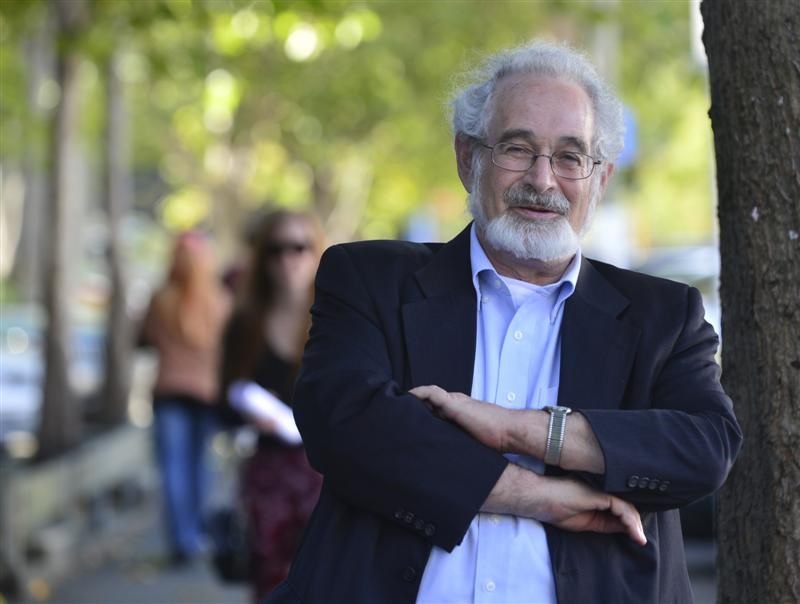Archived Content
This page is archived and provided for historical reference. The content is no longer being updated, and some of the information may have changed over time and could be outdated or inaccurate.

Stanton A. Glantz, Ph.D.
Stanton A. Glantz, Ph.D.
Professor of Medicine
Center for Tobacco Control Research and Education
University of California, San Francisco
Overview
Tobacco companies use color on cigarette packaging and labelling to communicate brand imagery, diminish health concerns, and as a replacement for prohibited descriptive words (“light” and “mild”) to make misleading claims about reduced risks. Dr. Glantz analyzed previously secret tobacco industry documents to identify additional ways in which cigarette companies tested and manipulated pack colors to affect consumers’ perceptions of the cigarettes’ flavor and strength.
Biography
Dr. Glantz, the University of California, San Francisco, Truth Initiative Distinguished Professor of Tobacco Control, conducts research on a wide range of topics ranging from the health effects of secondhand smoke (particularly the cardiovascular system) to the efficacy of different tobacco control policies. To reflect the changing tobacco landscape, his work now includes e-cigarettes and marijuana. Dr. Glantz is principal investigator for the $20 million 5-year Tobacco Centers of Regulatory Science (TCORS) funded by the U.S. Food and Drug Administration and the NIH. The overarching theme of this Center is the development of improved models to inform tobacco product regulatory strategies that integrate (1) economic impacts of tobacco use on health costs; (2) risk perceptions, perceived acceptability, consumer responses to pro-tobacco marketing and anti-tobacco messages and other social determinants of tobacco use; and (3) rapid changes in risk due to tobacco use and secondhand smoke exposure as manifested in cardiovascular and pulmonary dysfunction.








